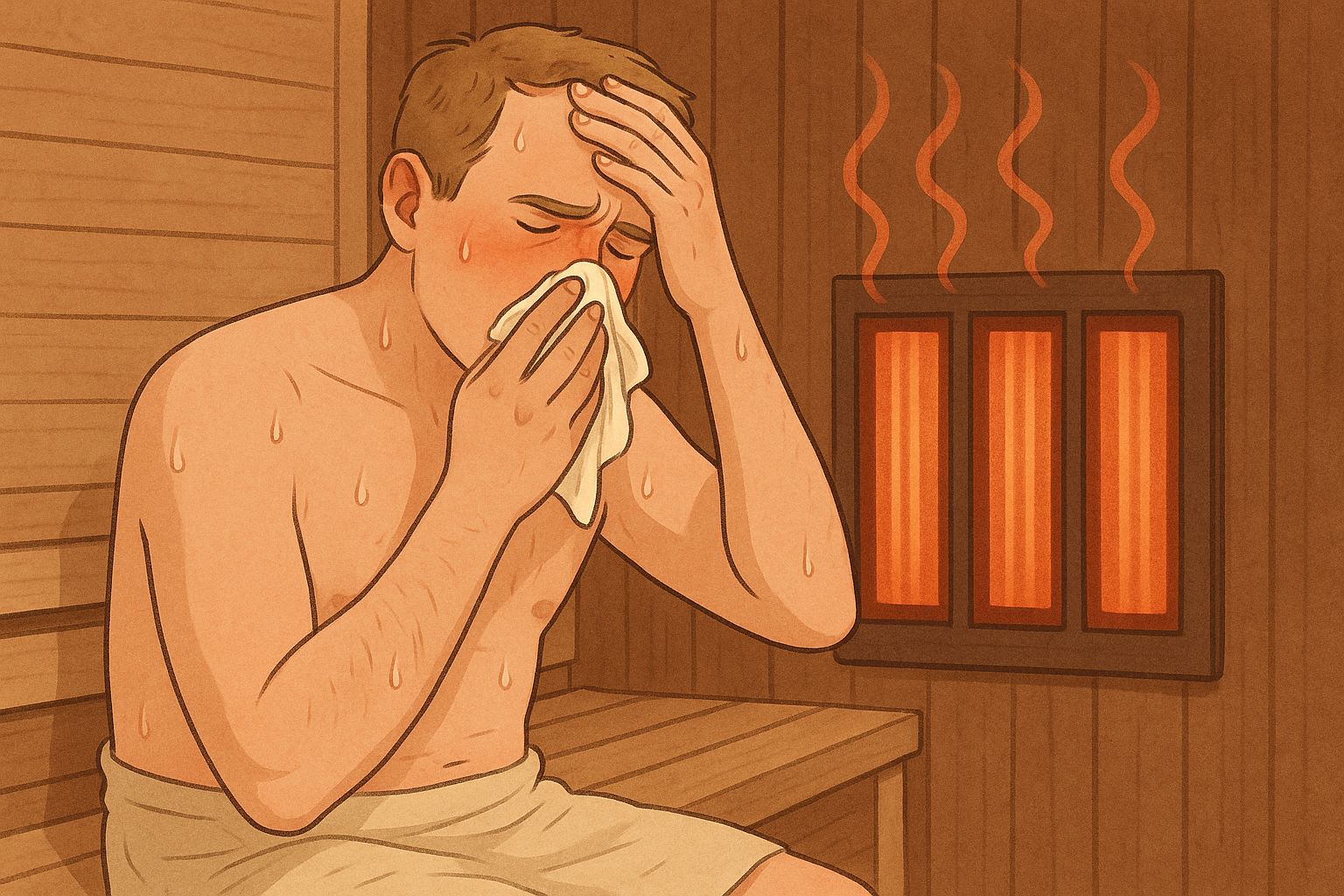
Is Sauna Good for a Cold? What You Need to Know
Many people wonder whether heat therapy helps when battling seasonal sniffles. The debate continues among health experts, with some praising its health benefits while others warn about potential risks. On one hand, warmth may ease congestion and support the immune system. On the other, excessive heat can lead to dehydration, worsening symptoms.

Adults typically catch 2-3 colds yearly, according to the CDC. A Finnish study suggests environmental factors, like dry winter air, increase vulnerability. So, does sweating it out help or hinder recovery? Let’s explore the science behind this practice.
Key Takeaways
- Heat therapy may relieve congestion but carries dehydration risks.
- Adults average 2-3 colds per year, per CDC data.
- Dry climates and seasonal changes impact cold susceptibility.
- Conflicting expert views exist on steam sessions during illness.
- Balancing warmth and hydration is crucial for recovery.
Introduction: Saunas and Colds—A Hot Topic
Folklore and modern medicine clash over the role of heat in fighting colds. Ancient traditions praised sweat lodges for purification, while today’s research seeks evidence. A 1990 Austrian study found regular sauna users had 50% fewer colds. This sparks debate: does warmth boost defenses or just ease discomfort?
Most viral infections clear in 7-10 days—the natural immune response timeline. Heat won’t speed this up, but it may help the body cope. A common myth suggests sweating flushes toxins. In reality, viruses exit via immune cells, not pores.
| Folklore Beliefs | Scientific Findings |
|---|---|
| "Sweating out illness" | Heat eases symptoms but doesn’t kill viruses |
| Saunas prevent all colds | Regular use may reduce frequency by half |
| Longer sessions = faster recovery | Overheating risks dehydration |
The key question? Whether warmth offers temporary relief or actual treatment. Studies hint at benefits like relaxed airways, but hydration and rest remain critical.
Is a Sauna Good for a Cold? The Science Explained
Science offers intriguing insights into how heat impacts recovery from seasonal illnesses. While warmth may ease discomfort, its role in fighting pathogens is complex. Let’s break down the research.
How Heat Affects the Immune System
Exposure to high temperatures triggers a stress response. This can boost white blood cell production, strengthening the immune system. Finnish studies note regular users report fewer infections.
However, artificial heat doesn’t replicate natural fever. Your body raises body temperature strategically to weaken viruses. A sauna’s uniform heat lacks this precision.
https://www.youtube.com/watch?v=kdf5Afi9IZI
Heat Therapy vs. Viral Infections
Not all viral infections react similarly. Rhinoviruses (common cold) dislike warmth, while influenza thrives in cooler airways. Heat may relieve congestion but won’t kill either virus.
| Virus Type | Response to Heat |
|---|---|
| Rhinovirus (Cold) | May slow replication in warm environments |
| Influenza (Flu) | Less affected; prefers cooler nasal passages |
| General Effect | Temporary symptom relief, no cure |
Dr. Frank Esper, a Cleveland Clinic specialist, cautions: "Steam loosens mucus but doesn’t shorten illness duration." Beta-endorphins released during sessions may ease aches, though.
Sweat is 99% water, debunking myths about flushing toxins body. Hydration remains critical to avoid dehydration risks.
Potential Benefits of Sauna Use for Cold Symptoms
Exploring how heat impacts congestion and muscle tension reveals key benefits. Warm environments may ease discomfort, though results vary by symptom type. Below, we break down the science-backed perks.
Clearing Nasal Congestion
Steam rooms, with 100% humidity at 110–114°F, loosen mucus effectively. Dry heat from infrared saunas (120–150°F) also helps but lacks moisture’s instant relief. Vasodilation widens blood vessels, reducing sinus pressure.
For a runny nose, steam outperforms dry heat. A 15-minute session can ease congestion for 1–2 hours post-use. Hydration remains critical to avoid drying nasal passages further.
Relieving Muscle Aches
Heat reduces lactic acid buildup, offering pain relief for sore muscles. Beta-endorphins released during sessions mimic moderate exercise effects. This can soothe a sore throat or body aches temporarily.
Infrared options penetrate deeper, targeting stiffness without extreme temps. Limit sessions to 10–15 minutes to prevent overheating.
Stress Reduction and Immune Support
Cortisol levels drop in warm environments, aiding recovery. Improved blood circulation delivers oxygen to tissues faster. While not a cure, this supports the immune system’s natural response.
Regular users report fewer infections, per Finnish studies. Balance heat exposure with rest for optimal results.
Risks of Using a Sauna When You’re Sick
While heat therapy offers comfort, it’s not without dangers during illness. The body’s weakened state amplifies certain risks, from fluid loss to cardiovascular stress. Understanding these hazards helps make safer choices.
Dehydration and Overheating
Sessions can shed 0.5–1.5 liters of fluid hourly—a major dehydration risk. Illness already strains hydration; heat exacerbates it. Dr. Philip Sänger warns: "Combining viral stress with sweat loss may suppress immune responses."
Replace fluids aggressively. Aim for four glasses of water post-session. Orthostatic hypotension (dizziness upon standing) affects 15% of users, especially when sick.
Worsening Fever or Fatigue
Core temperature rises 1–2°F in typical sessions. With a fever, this challenges the body’s thermoregulation. Overheating deepens fatigue, slowing recovery.
Emergency rooms report syncope cases from sauna overuse during illness. Elevated blood pressure and heart rate add strain. Listen to your body—exit if lightheaded or weak.
When to Avoid the Sauna Altogether
Certain health conditions make heat therapy risky when feeling under the weather. While warmth eases some discomforts, specific symptoms or illnesses require caution. Always consult a doctor if unsure about safety.
High Fever or Severe Symptoms
A temperature above 100.4°F signals danger. Heat sessions further elevate core temperature, stressing the body. Watch for these severe symptoms:
- Productive cough with colored mucus
- Chest pain or difficulty breathing
- Dizziness or confusion
The CDC advises waiting 48 hours after fever breaks before using shared spaces. Dehydration risks double when fighting infection.
Respiratory Conditions Like Asthma
Dry or humid air can trigger bronchial constriction. Over 60% of asthma patients report worsened breathing in heated rooms. Humidity below 20% or above 60% poses the highest respiratory risks.
| Condition | Sauna Risk Level | Alternative Relief |
|---|---|---|
| Active Fever | High | Cool compresses, rest |
| Asthma/COPD | Moderate-High | Steam inhalation at lower temps |
| Contagious Illness | Public use prohibited | Home remedies, isolation |
Chronic conditions like heart disease also require medical clearance. The ADA recommends 10-minute maximum sessions for vulnerable groups. When in doubt, skip the heat and prioritize hydration.
Types of Saunas and Their Effects on Colds
Different heat therapies offer unique benefits for easing cold symptoms. From scorching dry air to moist steam, each environment impacts congestion and immunity differently. Below, we compare popular options and their clinical perks.

Traditional Finnish Saunas
Traditional Finnish saunas use dry heat at 150–195°F with 10–20% humidity. This intense warmth triggers sweating, which may temporarily clear nasal passages. However, low humidity can dry mucous membranes, worsening irritation for some.
Finnish studies link regular use to fewer infections. The heat stress boosts white blood cell production, strengthening defenses. Limit sessions to 15 minutes to avoid dehydration risks.
Infrared Saunas: A Gentler Option?
Infrared saunas penetrate 1.5 inches into tissue, warming muscles directly. At lower temperatures (120–150°F), they’re ideal for arthritic patients or those sensitive to extreme heat. The deep warmth eases aches without overwhelming the body.
Unlike dry heat, infrared doesn’t drastically reduce mucus viscosity. It’s better for muscle relief than congestion. Dr. Laura Boyd notes: "Infrared suits those needing pain relief without respiratory strain."
Steam Rooms vs. Dry Heat
Steam rooms provide 100% humidity at 110–120°F, making them superior for throat and sinus relief. The moisture thicks mucus, easing expulsion. Dry heat alternatives lack this benefit but may feel less oppressive.
| Type | Temperature | Humidity | Best For |
|---|---|---|---|
| Finnish Sauna | 150–195°F | 10–20% | Immune stimulation |
| Infrared | 120–150°F | Low | Muscle/joint pain |
| Steam Room | 110–120°F | 100% | Congestion relief |
Clinicians often recommend steam for colds due to its mucus-loosening effects. However, dry heat fans argue its immune-boosting perks outweigh humidity’s comfort. Balance personal tolerance with symptom needs.
Best Practices for Sauna Use During a Cold
Strategic approaches maximize comfort and safety when feeling under the weather. While warmth can ease congestion, proper technique prevents additional strain. Follow these hydration tips and timing guidelines to support recovery without overtaxing your system.
Hydration Tips Before and After
Make sure to drink 16oz of water 30 minutes before entering. This preps your system for fluid loss. During sessions, keep a bottle nearby for small sips.
After exiting, replace electrolytes with beverages containing 500mg sodium. Coconut water or sports drinks work well. Dehydration risks double when fighting infection, so stay hydrated consistently.
Limiting Session Duration
Cap heat exposure at 15 minutes when symptomatic. Healthy adults typically tolerate 20-30 minutes, but illness reduces this capacity. Set a timer to avoid overstaying.
Infrared options allow slightly longer 20-minute sessions at lower temps. Still, listen to your body's signals above all. Quality beats quantity for therapeutic benefits.
Listening to Your Body’s Signals
Exit immediately if experiencing:
- Dizziness or vertigo
- Nausea
- Rapid heartbeat
- Excessive fatigue
- Breathing difficulties
At-risk users should monitor oxygen levels with a pulse oximeter. Wear breathable cotton instead of synthetic fabrics for better thermoregulation. Recovery requires gradual re-entry—wait 48 hours after fever breaks before returning to routine sessions.
Can Regular Sauna Use Prevent Colds?
Frequent warm sessions could be a secret weapon against winter sniffles. Research shows those who use heat therapy 3x weekly experience 27% fewer colds. A 6-month study even noted a 50% drop in sick days among regular participants.
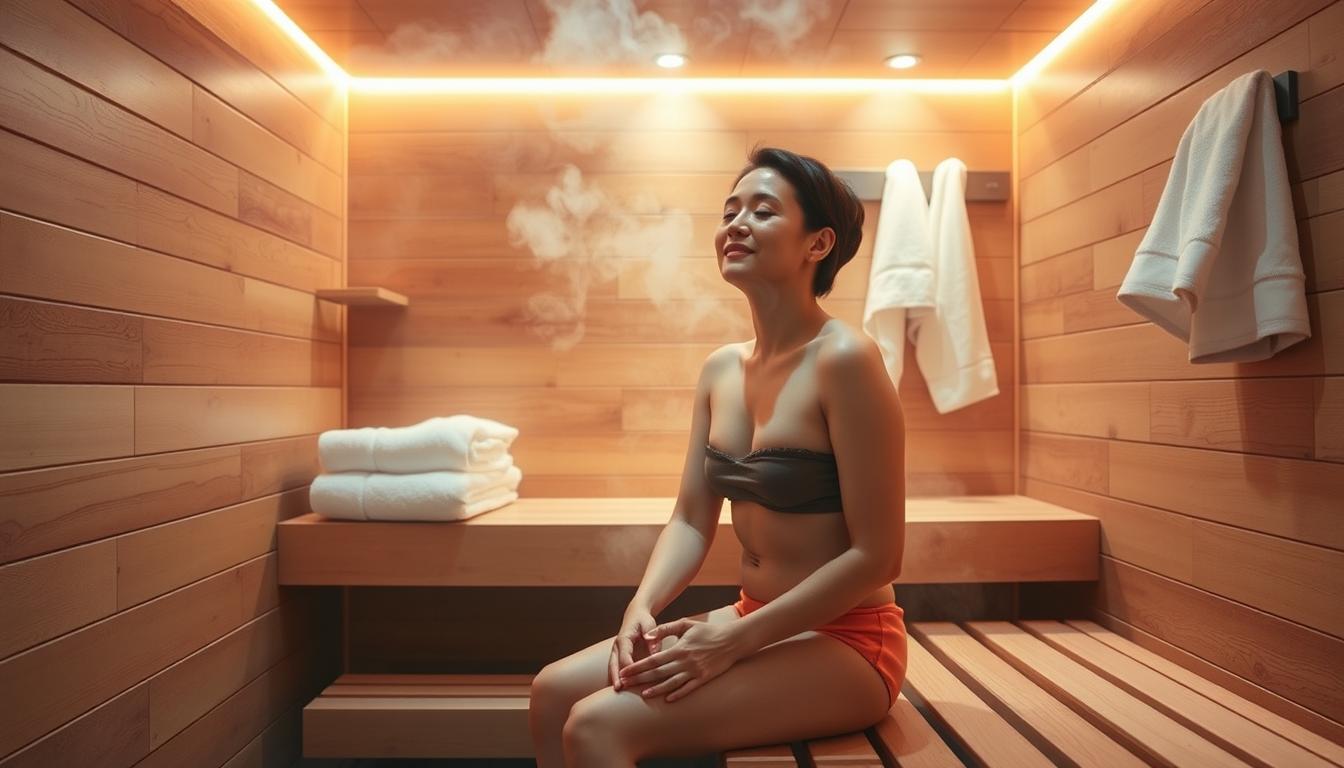
How does it work? Heat exposure boosts immune system activity. Lymphocyte production rises, and IgA antibodies—critical for fighting pathogens—increase. These changes create a stronger defense against viruses.
Heat shock proteins, activated during sessions, also play a role. They repair damaged cells and enhance stress tolerance. Nordic epidemiological data supports this, linking frequent use to lower infection rates.
Ideal prevention protocol:
- Frequency: 2–3 sessions weekly
- Duration: 10–15 minutes per session
- Hydration: Drink 16oz water before/after
Compared to exercise, heat therapy offers unique health benefits. While both improve circulation, warmth specifically targets immune cell activation. Balance is key—overuse risks dehydration, undermining those hard-earned defenses.
Alternative Remedies for Cold Relief
When symptoms strike, many seek home remedies beyond heat therapy. These options often complement warmth or serve as safer alternatives for sensitive individuals. Let’s explore three research-backed approaches.
Steam Inhalation at Home
A 15-minute steam inhalation session relieves congestion for 89% of users, per ENT studies. Unlike saunas, this method adds moisture directly to airways. Try these safe DIY steps:
- Boil water, then let cool slightly (120°F max)
- Add 2-3 drops eucalyptus oil for extra decongestant power
- Drape towel over head, breathe deeply for 5-7 minutes
Caution: Keep faces 12 inches from hot water to avoid burns. Asthma sufferers should skip essential oils.
Rest and Hydration
Sleeping under 6 hours triples illness susceptibility, says a JAMA study. Prioritize 7-9 hours nightly during recovery. Pair rest with proper fluids intake:
| Hydration Level | Urine Color | Action Needed |
|---|---|---|
| Optimal | Pale yellow | Maintain intake |
| Mild dehydration | Dark yellow | Drink 16oz water |
| Severe dehydration | Amber/brown | Seek electrolytes |
Electrolyte boosters: Try 8oz coconut water + ¼ tsp salt + lemon juice.
Over-the-Counter Medications
OTC medications target specific symptoms effectively. Research shows NSAIDs (ibuprofen) beat acetaminophen for muscle aches. For runny noses, newer antihistamines like fexofenadine cause less drowsiness than older versions.
Zinc lozenges may shorten illness duration if started within 24 hours. However, avoid nasal zinc sprays—they can damage smell receptors permanently.
Conclusion: Should You Hit the Sauna When Sick?
Deciding whether to use heat therapy during illness requires careful consideration. Weigh benefits like congestion relief against risks such as dehydration. Mild symptoms may improve, but severe cases demand rest.
Your body responds uniquely—exit if dizzy or fatigued. Watch for red flags: fever spikes, chest pain, or breathing trouble. These signal immediate medical need.
Wait 72 hours after symptoms start before sessions. Steam rooms suit congestion; infrared eases aches. Traditional options work best for prevention.
Prioritize recovery with hydration and rest. When unsure, consult a doctor to protect your health. Smart choices lead to faster healing.
FAQ
Can sitting in a sauna help with congestion?
Yes, the heat and steam may loosen mucus, easing a stuffy or runny nose. Just stay hydrated and keep sessions short.
Does sweating in a sauna flush out toxins when sick?
While sweating removes some waste, its impact on colds is limited. Focus on rest and fluids for better recovery.
Should I avoid saunas if I have a fever?
Absolutely. High body temperature combined with heat raises dehydration risks and can worsen fatigue.
Can infrared saunas provide cold relief like traditional ones?
Infrared heats the body differently but may offer similar benefits for muscle aches without intense steam exposure.
How long should a sauna session last when fighting a cold?
Limit to 10-15 minutes. Overheating stresses the immune system when it’s already working hard.
Could regular sauna use prevent catching colds?
Some studies suggest frequent sessions might support immunity, but hygiene and nutrition matter more for prevention.
Are steam rooms better than dry saunas for sore throats?
The moist air can soothe throat irritation more effectively, but avoid if breathing feels difficult.
What’s the biggest risk of using a sauna while sick?
Dehydration tops the list. Drink electrolyte-rich fluids before and after to compensate for sweating.

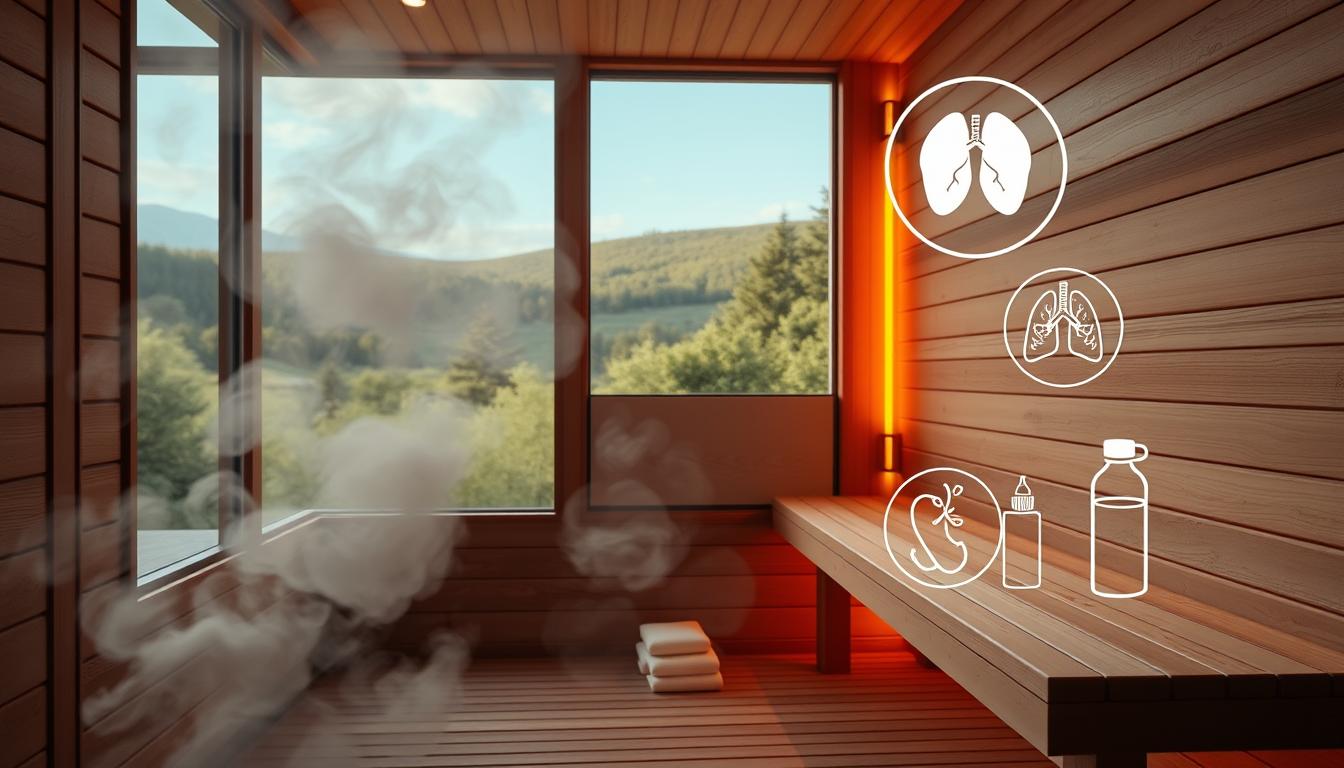
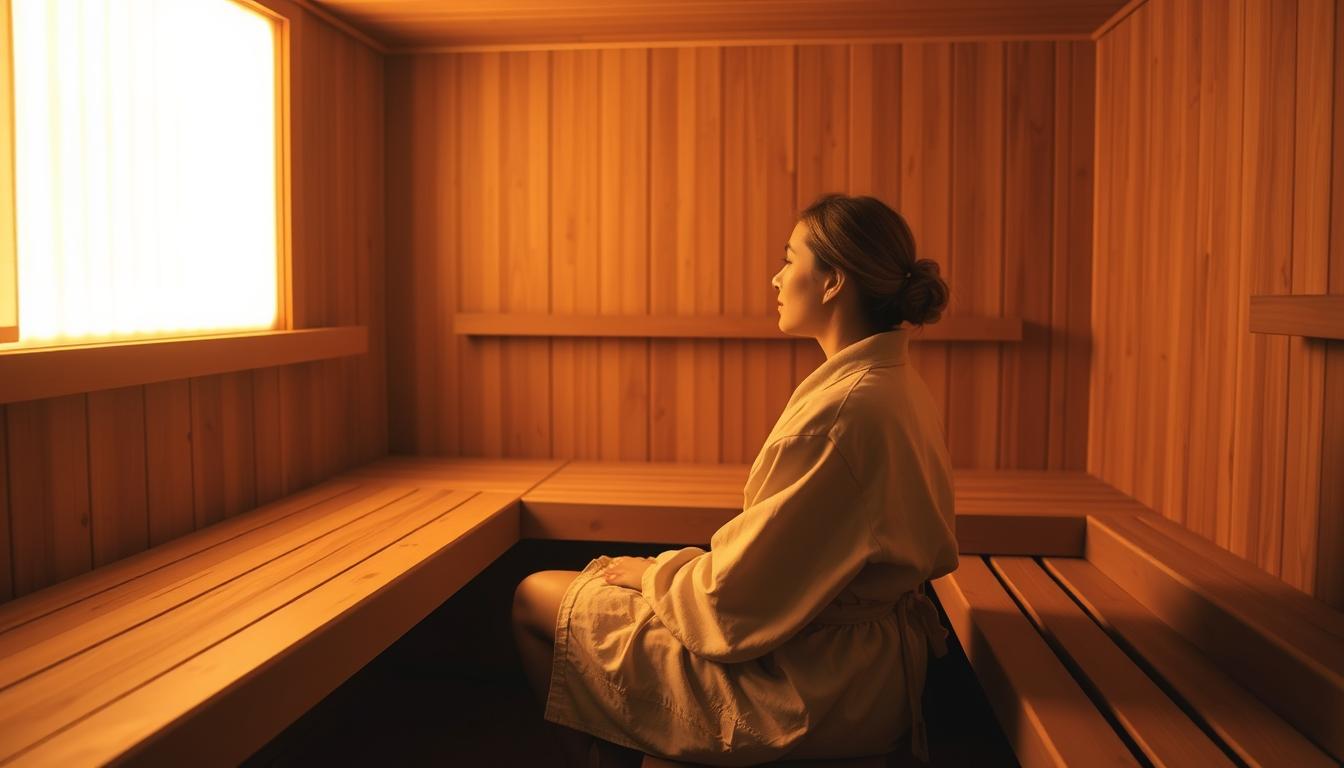

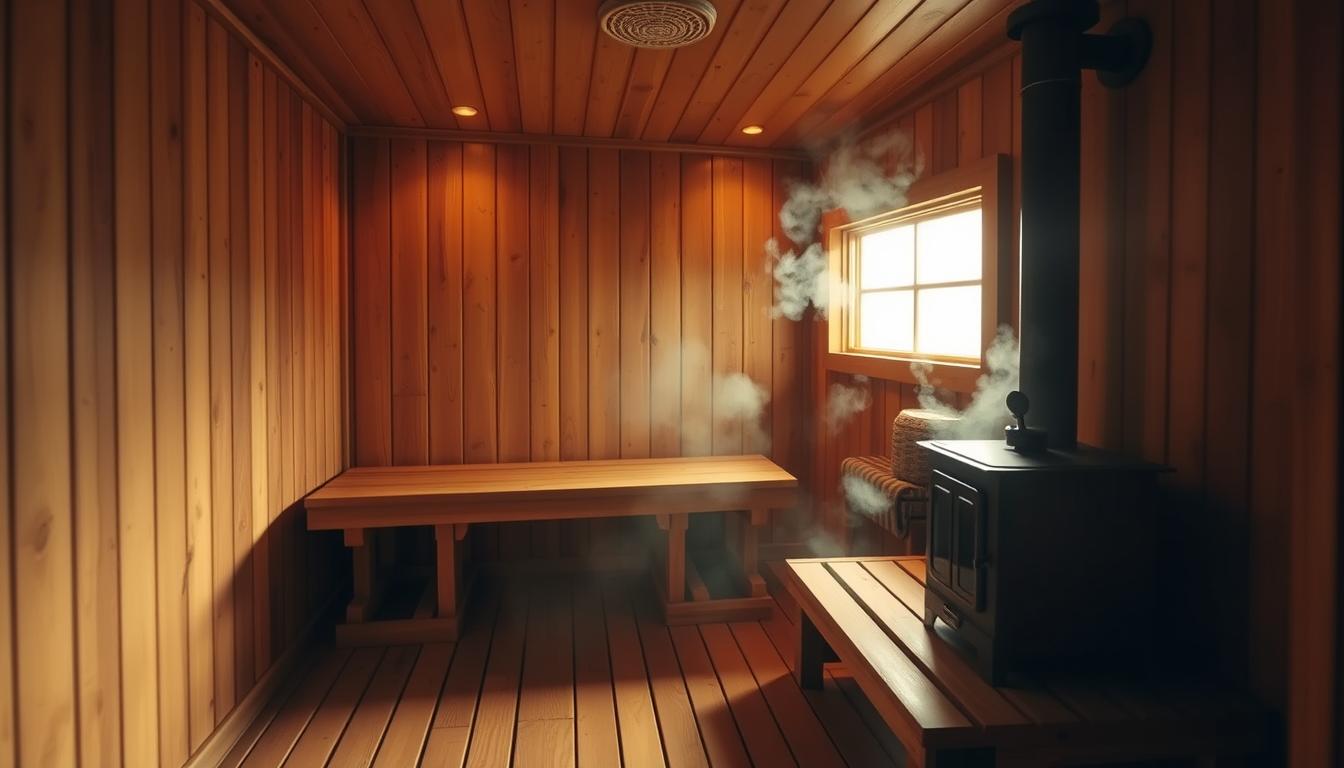

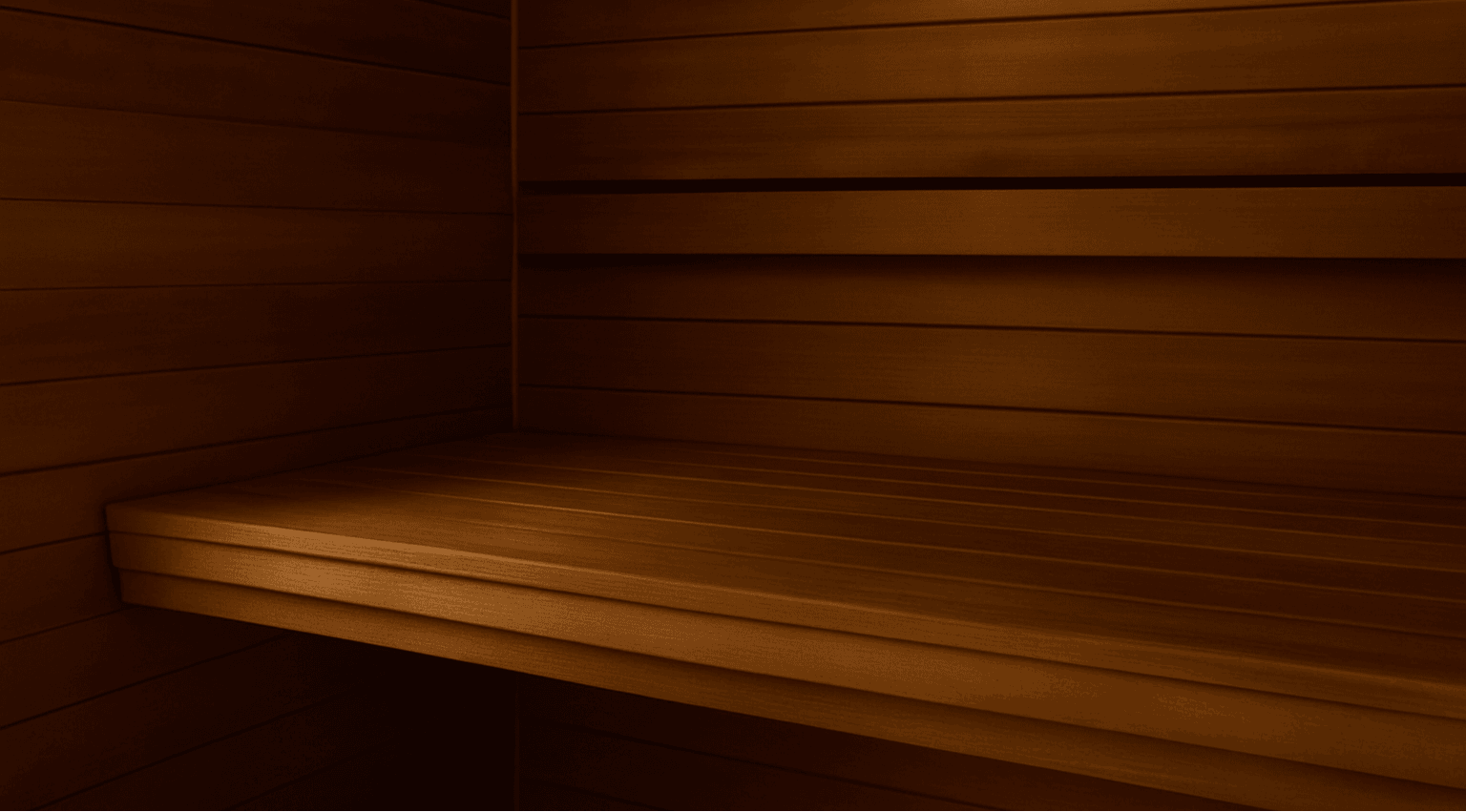
Leave a comment
This site is protected by hCaptcha and the hCaptcha Privacy Policy and Terms of Service apply.